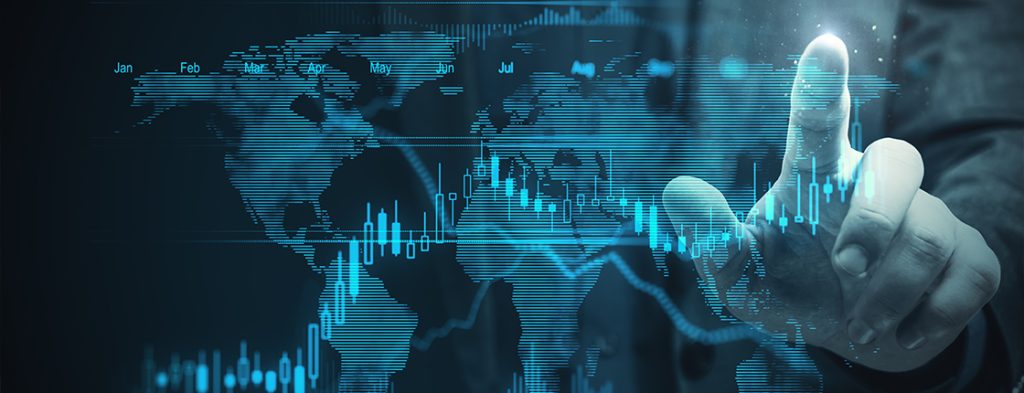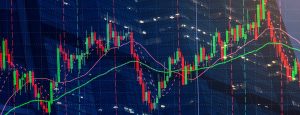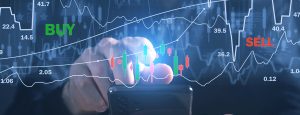Margin trading is a powerful tool in the financial world, one that can amplify profits when used wisely or lead to significant losses if mishandled. For beginner traders, understanding this trading method is crucial before stepping into the volatile waters of the commodity market or forex trading.
Whether you’re a new investor, a forex enthusiast, or a curious day trader, this guide will walk you through the essentials of margin trading, highlight its applications in the world of commodity trading, and provide actionable advice to help you trade with confidence and caution.
What is Margin Trading?
At its core, margin trading allows traders to borrow funds from a broker to execute trades. Instead of paying the full price of an asset upfront, traders put down a small percentage of the trade’s full value, called the “margin.” The broker essentially covers the remaining amount. This creates leverage and significantly magnifies both gains and losses on trades.
For example, if you wanted to trade $10,000 worth of crude oil in the commodity market, margin trading might allow you to begin with just $1,000 (assuming 10% margin). While this provides the opportunity for substantial profits, it also exposes you to higher risks.
Key Terms in Margin Trading
Before we proceed, here are some important terms you must understand in margin trading:
- Leverage: The ratio of borrowed capital to your own investment. For example, 10x leverage means a $1,000 investment controls $10,000 in value.
- Margin Call: A notification from your broker requiring you to add more funds to your margin account when losses exceed the available margin.
- Liquidation: The automatic closure of your position when your losses reach the broker’s allowable limit.
- Maintenance Margin: The minimum balance you must maintain to keep your trade open.
Understanding these terms upfront is critical to succeeding in margin trading.
Why Use Margin Trading?
Margin trading isn’t for the faint-hearted. However, when approached thoughtfully, it offers compelling advantages for traders who want to maximize their exposure to profitable opportunities.
1. Amplified Returns
With the ability to trade at leveraged values, even small market movements can deliver substantial gains on your original investment.
2. Greater Opportunities in Multiple Markets
Margin trading is widely used in forex markets, the commodity market—including key players like Floret Commodities—and cryptocurrency sectors. By accessing borrowed funds, traders can explore diverse markets and asset classes.
3. Portfolio Diversification
Traders can balance their portfolios with investments in multiple sectors by placing smaller individual margins instead of tying up large amounts of capital.
However, alongside these benefits also come risks. Mismanaging leverage or overstaying adverse market conditions can result in severe financial consequences, which is why education is fundamental.
How Margin Trading Works in Commodity Trading
For traders keen on exploring the commodity market, margin trading is especially popular. Commodity trading revolves around tangible assets like energy (crude oil, natural gas), metals (gold, silver), and agricultural goods (wheat, coffee). Platforms like Floret Commodities provide traders access to global markets, enabling them to trade on margin efficiently.
Example of Commodity Margin Trading
Imagine you’re trading gold in the commodity market. Say the price of gold is $1,700 per ounce, and you expect the price to rise. With a 10% margin requirement, you pay $170 to control $1,700 worth of gold. If gold rises to $1,750 per ounce, your profit would be significant on this smaller investment.
However, if the price drops instead, losses are equally amplified, and you could face a margin call or even liquidation of your trade.
How to Start Margin Trading as a Beginner
Margin trading can feel intimidating initially, but taking a systematic approach can build your confidence. Here’s a step-by-step guide to getting started:
1. Learn the Basics
Make sure you understand the ins and outs of margin trading. Take the time to learn about leverage, margin calls, and trading platforms. Many brokers, including Floret Commodities, offer educational resources specifically designed to help first-time traders.
2. Choose a Trusted Broker
Your broker is your gateway to the markets. Look for brokers that are reputable, regulated, and provide transparent margin requirements. Brokers like Floret Commodities also specialize in commodity trading, making them an excellent choice if you want to explore the commodity market.
3. Start Small
It’s easy to get carried away with margin trading due to the allure of higher profits. Always start with smaller trades to minimize risk, and avoid over-leveraging as a beginner.
4. Monitor the Market Closely
Margin trading requires vigilant market monitoring. Commodity markets, forex, and other asset classes are highly volatile. Keep an eye on price movements, market news, and global factors that might impact your trades.
5. Use Stop-Loss Orders
To limit the potential for significant losses, always set stop-loss orders, which automatically close your trade when the market hits a certain unfavorable price.
6. Diversify Your Portfolio
Never put all your investment eggs into one basket. Balance your trades across multiple markets to spread risk, whether it’s commodity trading, forex, or other financial instruments.
Pros and Cons of Margin Trading
Before you commit to margin trading, it’s worth weighing the benefits and drawbacks.
Pros:
- Potential for higher profits with less upfront capital.
- Increased market exposure, optimizing opportunities for wealth-building.
- Flexibility in diversifying into various markets, such as forex or commodities like Floret Commodities.
Cons:
- Increased losses and potential for liquidation.
- Requires constant vigilance and risk management.
- Margin calls can lead to unexpected capital requirements.
- Not suitable for traders with low risk tolerance.
Always ask yourself—“Am I comfortable with the level of risk I’m taking?” If the answer isn’t a definite yes, consider practicing on demo accounts first.
Tips for Successful Margin Trading
To maximize your chance of success, keep these crucial tips in mind:
- Stay Educated: Attend webinars, read market analysis, and never stop learning.
- Focus on Risk Management: Define your risk-to-reward ratio and stick to it strictly.
- Avoid Emotional Trading: Trade based on analysis rather than emotion.
- Review Past Trades: Analyze your successes and failures regularly to fine-tune your strategy.
Margin Trading with Floret Commodities
If commodity trading is your interest, Floret Commodities provides a robust platform for both beginners and seasoned traders. Their user-friendly tools, transparent pricing, and educational materials make them ideal for exploring margin trading within the commodity market.
Empower Your Trading Journey
Margin trading isn’t about overnight success—it’s about calculated risk-taking and informed decision-making. Whether you’re venturing into forex markets, exploring commodities like gold and oil, or simply trying out a new trading strategy, a thoughtful approach will always pay off.
Interested in learning more about trading complex markets with ease? Sign up for a free beginner’s guide to margin trading today and explore platforms like Floret Commodities to take your first steps confidently.
Margin trading lets you borrow money from a broker to trade larger amounts than you can with just your own funds. You only need to provide a small percentage of the trade’s value, called the margin, while the broker covers the rest.
Yes, beginners can start margin trading but should learn the basics first. Start with small trades, understand leverage, and practice on demo accounts before using real money.
Margin trading lets you borrow money from a broker to trade larger amounts than you can with just your own funds. You only need to provide a small percentage of the trade’s value, called the margin, while the broker covers the rest.



